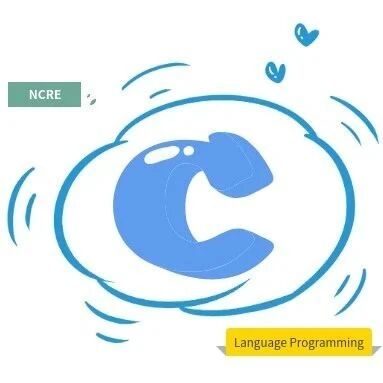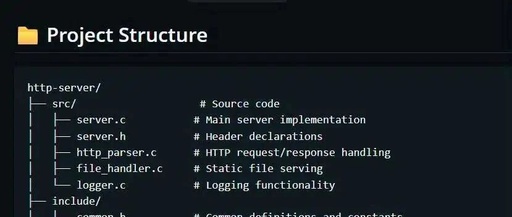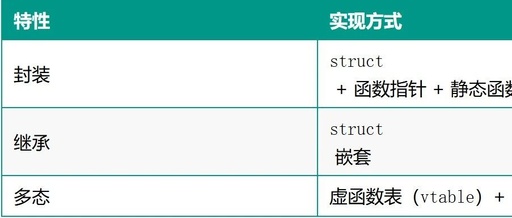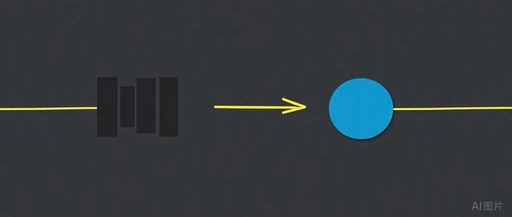C Language Tutorial – Detailed Explanation of the While Loop in C
C语言中的while循环是一种预测试循环。通常情况下,while循环允许根据给定的布尔条件执行一部分代码多次。它可以看作是一个重复的if语句。while循环主要用于在不提前知道迭代次数的情况下使用。 C语言中while循环的语法如下: while (condition) { //要执行的代码} C语言中while循环的示例以下是一个打印1的乘法表的简单while循环程序: #include <stdio.h> int main() { int i = 1; while (i <= 10) { printf("%d \n", i); i++; } return 0;} 输出: 12345678910 使用while循环打印给定数字的乘法表的程序: #include <stdio.h> int main() { int i = 1, number = 0; printf("Enter a number: "); scanf("%d", &number); while (i <= 10) { printf("%d … Read more








